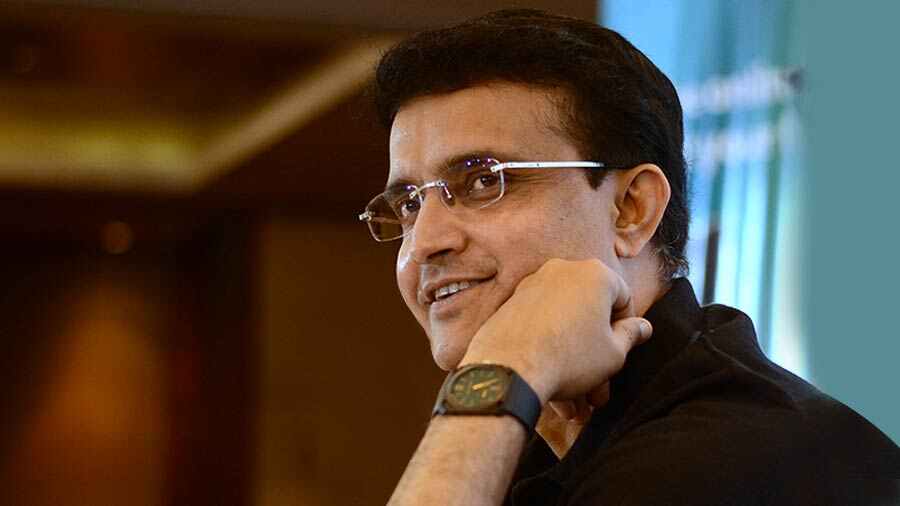
On his birthday, the one question to ask is why Sourav Ganguly is so revered in Bengal. How is it that years after retirement, he is still the most sought-after icon? What’s his USP?
Every Bengali I know still loves to remember him as twenty-something taking Lord’s by storm on a damp early English summer morning in June 1996. Yes, it was some 28 years ago on June 20, 1996, but for us in Kolkata, it is still as fresh a memory as India’s recent T20 World Cup win. Pushed up the order to No. 3 in an attempt to expose him to the most challenging of conditions, Ganguly’s initiation into Test cricket was a real baptism by fire.
The stage was thus set for the single biggest Bengali fairytale in sport. In comparison to Mumbai, there was little tradition to fall back on, but Sourav, with his talent and cultivated aggression, turned himself from being a flavour of Kolkata to a flavour of the world.
Without getting into a debate over whether he was the best to ever lead India, suffice to say that Sourav gave India teeth and muscle away from home. Crossing borders meant nothing to him as he handheld Indian cricket to maturity. He built the foundation on which MS Dhoni built the superstructure.
Not without reason then is Sourav an all-time Bengali/Kolkatan love affair. And here, I very much include the diaspora. He evokes memories, creates nostalgia and is a kind of enduring romance.
Beating the Australians hollow on his way to scoring 144 at Brisbane in 2003-4, Sourav curated a new Indian cricket lexicon in which the word ‘cowardice’ was loathed. That, more than anything, was his single biggest contribution. He turned a group of talented youth into aggressive, street-smart boys, for that was the need of the hour.
For the Latest Sports News: Click Here

And this, believe it or not, was against his character. Having known Sourav well for close to three decades, I can safely say that the aggression we came to associate with him on the field was a put-on persona. Sourav isn’t the aggressive type. He is polite and gentle, soft-spoken and all grace socially. For the sake of Indian cricket, he had to convert himself into a bit of a “dada”, one who would brook no failure from his boys and tolerate no nonsense from the opposition.
This isn’t a piece about Sourav’s cricket career. A million such have been written about it, and another million will surely follow. Rather, this is about Sourav the Kolkatan, and his draw as a transnational icon who continues to be associated with the city. He is Kolkata’s biggest draw globally, and that for me is his real USP. And this was made possible because Sourav achieved the best of what he did in the two most hostile media environments in the world, England and Australia. He is revered in England and admired in Australia. Sourav, more than any other cricketer, is a story, a multi-layered one with many shades to it. That constitutes his real appeal, and perhaps makes it universal.
As a commentator too, he has already carved out a niche of his own. He doesn’t overdo it as some others do, and that’s his calling card. Objective, yet pertinent, rational yet constructively critical, Sourav has brought a fresh way to commentary. He isn’t a jester like some, or a biased nationalist like others. He is cricket commentary’s voice of reason, a voice that is already much respected and appreciated globally. And most importantly, it continues to be the voice of Kolkata.
Be it his accent, his tastes, his demeanour or his conduct, there’s a Kolkata stamp to it all. He is unafraid of being different and that explains his wearing a thick black Mackintosh inside the press box at Edgbaston during the Champions Trophy in 2013. The bakira ki bolbe [What will others say] syndrome was never something Sourav cared for, and that helped him be his own man on the circuit.
Sourav is a man whose life story could well serve as a management lesson for the best young graduates. It is a story that generations would love to read and learn from. It is a story that will always be the flavour of Kolkata. Wish you a very happy 52nd birthday.
Also Read: Abhishek Sharma highlights Indian cricket’s ‘problem’ of plenty





